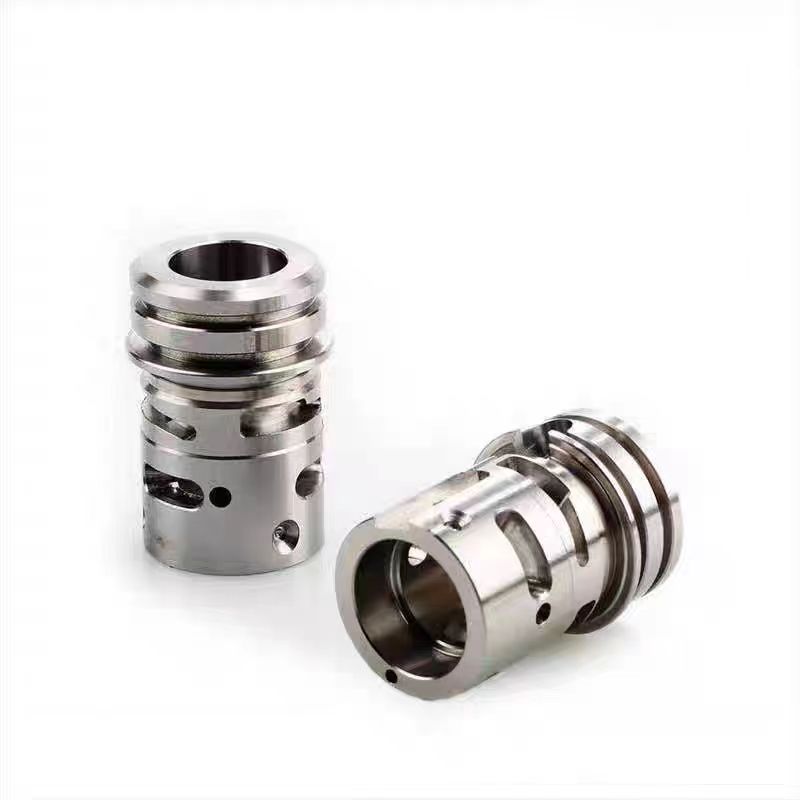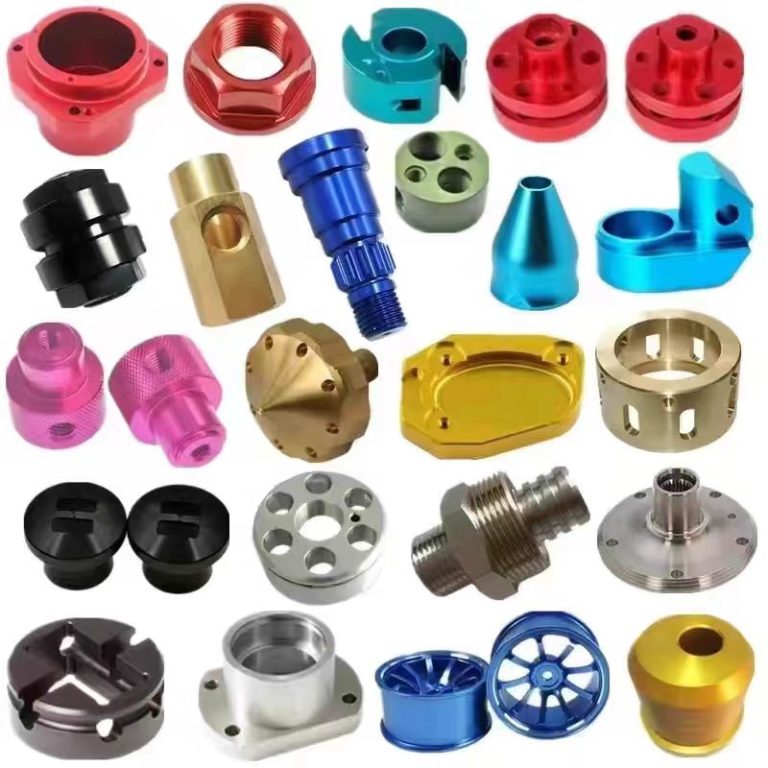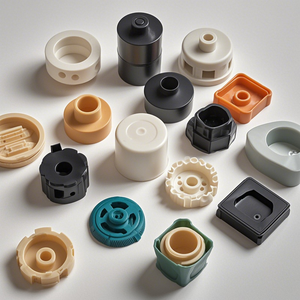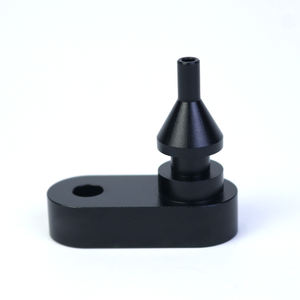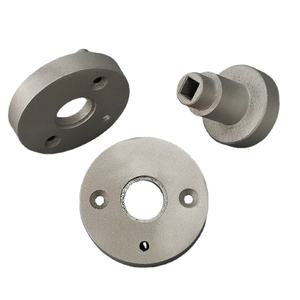Discover a professional 3D printing powder supplier
PRODUCT PARAMETERS
Description
Overview of 3D Printing Made by Stainless Steel
3D printing, also known as additive manufacturing, is a transformative technology that allows the creation of three-dimensional objects by depositing materials layer by layer based on digital designs. This process opens up a new world of possibilities in product design, customization, and production, revolutionizing various industries including healthcare, aerospace, automotive, consumer goods, and more.
Customization & Personalization: One of the key advantages of 3D printing is its ability to create highly customized products tailored to individual needs or preferences, from prosthetics to fashion accessories.
Complex Geometry: 3D printing excels at producing intricate shapes and geometries that would be extremely challenging or impossible to manufacture using conventional methods, such as internal lattice structures or organic forms.
Rapid Prototyping: It significantly speeds up the product development cycle by enabling designers and engineers to quickly produce physical prototypes for testing and refinement.
On-Demand Manufacturing: The technology supports small-batch or even one-off production runs economically, reducing the need for large inventories and allowing for just-in-time manufacturing.
Material Diversity: A wide range of materials can be used in 3D printing, including plastics, metals, ceramics, composites, and even biomaterials, each offering unique properties for specific applications.
Reduced Waste: As compared to subtractive manufacturing techniques, 3D printing only adds material where needed, leading to less waste and a more sustainable manufacturing process.
Features of 3D Printing Made by Stainless Steel
Design Flexibility: The technology enables the realization of complex designs without the constraints of traditional manufacturing tools and molds.
Functional Integration: Parts can be designed with integrated features such as channels, cavities, or interlocking components, which can enhance functionality or simplify assembly.
Lightweight Structures: Advanced 3D printing techniques allow for the creation of lightweight yet strong structures through optimized designs and the use of lattice structures or composite materials.
Improved Performance: By precisely controlling material composition and structure, 3D printed parts can exhibit enhanced mechanical, thermal, or electrical properties.
Cost-Efficiency for Complexity: While 3D printing may not always compete with mass-production methods for simple parts, it becomes increasingly cost-effective as the complexity of the part increases.
Innovative Applications: From medical implants that match a patient’s anatomy perfectly to aerospace components that reduce weight and increase efficiency, 3D printing pushes the boundaries of what’s possible in product design and engineering.

(3D Printing Made by Stainless Steel)
Specification of 3D Printing Made by Stainless Steel
Stainless-steel 3D printing develops solid, complicated metal components straight from electronic designs. This process makes use of fine metal powder, generally grades like 316L or 17-4PH. An effective laser thaws the powder layer by layer, developing the final form.
The printed parts appear requiring finishing. Surface area coating starts harsh right after printing. Anticipate noticeable layer lines. Post-processing like machining or polishing makes surface areas smoother. This is important for appearances or particular efficiency requirements.
Dimensional precision issues. Parts commonly hold resistances around +/- 0.1 mm to +/- 0.3 mm. This depends upon the part size and geometry. Very complex forms may see somewhat larger variations. Minimum wall surface density is essential. Walls need to be at least 0.5 mm thick for trustworthy printing. Thinner walls take the chance of failing.
Product homes are great. Stainless steel 3D published components provide high toughness and good rust resistance. The exact toughness and ductility match the selected stainless-steel quality. Warmth treatment is possible. This action can boost the component’s mechanical homes further, making it harder or tougher as needed.
The technology takes care of complex internal functions well. This includes networks or lattices hard to make other means. Assistance frameworks are needed throughout printing for overhanging components. These supports get removed later. Removal leaves marks needing clean-up.
Post-processing options are offered. Choices include sandblasting, brightening, machining, or plating. These boost the part’s surface area, accuracy, or certain buildings. Stainless steel 3D printing matches models, personalized tools, and useful end-use parts requiring metal toughness and corrosion resistance.

(3D Printing Made by Stainless Steel)
Applications of 3D Printing Made by Stainless Steel
Stainless steel 3D printing unlocks brand-new opportunities. This approach constructs intricate components layer by layer making use of great metal powder melted by lasers or electron beam of lights. The outcome is solid, sturdy stainless steel parts. These parts stand up to corrosion and corrosion extremely well. They take care of warmth and pressure properly. This makes them best for requiring jobs.
Aerospace business use this technology heavily. They produce lightweight yet solid engine parts, gas system parts, and customized braces. Publishing these intricate shapes is often much easier and faster than typical machining. Weight financial savings are vital for airplane and rockets. This technique provides that.
The medical area advantages substantially also. Surgeons require custom-made tools and patient-specific implants. Stainless steel 3D printing makes this happen. Implants completely fit a client’s special composition. Surgical guides make certain accurate operations. The product is safe inside the body. Medical facilities get these vital items quicker.
Manufacturing facilities and workshops discover it invaluable for tooling. Assembly line need jigs, fixtures, and specialized device heads. Publishing them straight saves significant money and time. Damaged tools can be replicated promptly. Personalized grippers for robotics are made on-demand. This minimizes expensive machine downtime.
Even constructing design uses this modern technology. Architects create elaborate steel models and decorative building elements. Special facade panels or complex structural items are possible. Stainless steel guarantees these components look excellent and last outdoors. Developers achieve types difficult with old methods.
Company Profile
3D Printing Passion is a trusted global chemical material supplier & manufacturer with over 12-year-experience in providing super high-quality 3D printing powder and relative products.
The company has a professional technical department and Quality Supervision Department, a well-equipped laboratory, and equipped with advanced testing equipment and after-sales customer service center.
If you are looking for high-quality 3D printing materials and relative products, please feel free to contact us or click on the needed products to send an inquiry.
Payment Methods
L/C, T/T, Western Union, Paypal, Credit Card etc.
Shipment
It could be shipped by sea, by air, or by reveal ASAP as soon as repayment receipt.
5 FAQs of 3D Printing Made by Stainless Steel
What makes stainless steel good for 3D printing?
Stainless steel resists rust well. It handles tough environments. 3D printing builds complex shapes factories struggle with. This combo is powerful for custom parts needing strength and corrosion resistance. Think tools, machine parts, or medical devices.
Is 3D printed stainless steel strong?
Yes, it’s strong. It’s not quite as strong as solid forged steel. The printing process uses fine metal powder fused by lasers. The final part is dense and tough. Heat treatment after printing often boosts strength further. It’s suitable for many functional uses.
How smooth is the surface after printing?
Parts come out fairly rough straight from the printer. You see layer lines. Achieving a smooth finish needs extra work. Common methods include grinding, sandblasting, or professional polishing. The final smoothness depends on the effort and cost put into finishing.
Are there big design limits?
Yes, some rules apply. Overhanging structures usually need temporary supports during printing. These supports must be removed later. Removing them can leave marks needing cleanup. Very thin walls or tiny details might not print well. Hollow sections need holes to drain unused powder. Design for 3D printing is different.
Why does it cost more than plastic printing?
Several factors add cost. The metal powder itself is expensive. The printing machines cost far more than plastic printers. Printing metal parts takes many hours, sometimes days. Post-processing like heat treatment and polishing adds labor and time. It’s a complex process requiring specialized equipment and skills.

(3D Printing Made by Stainless Steel)

